interesting
Interesting PP, I think a doubled setup should be even better, then of course a triple would fire sequentially and really be a producer.
edit: is the one motor strong enough to drive a double ender?
Ron
Originally posted by purelyprimitives
View Post
Interesting PP, I think a doubled setup should be even better, then of course a triple would fire sequentially and really be a producer.
edit: is the one motor strong enough to drive a double ender?
Ron

 .
.

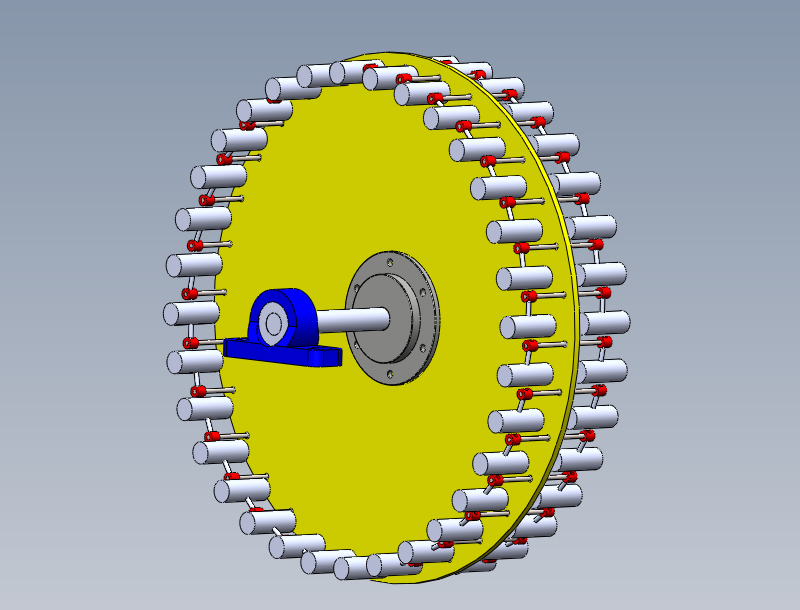
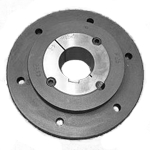

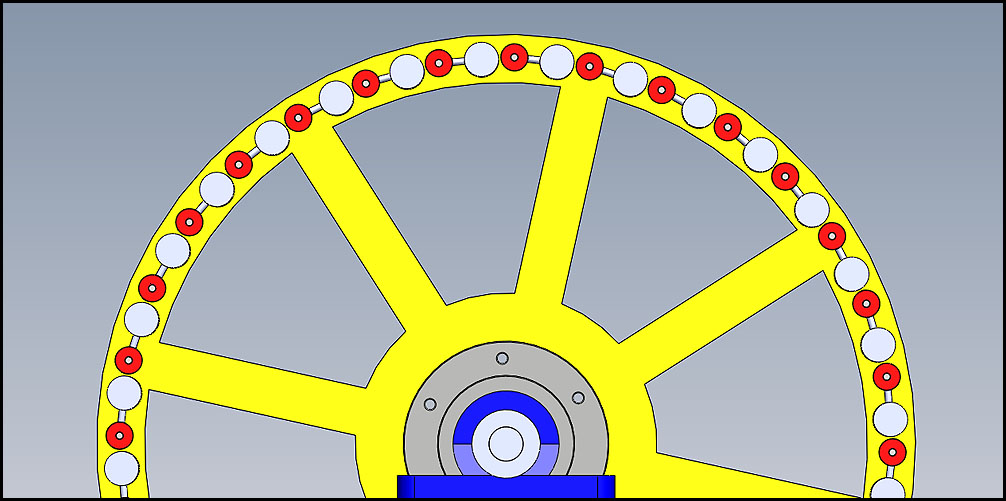
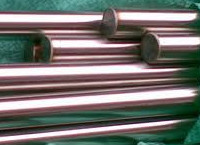
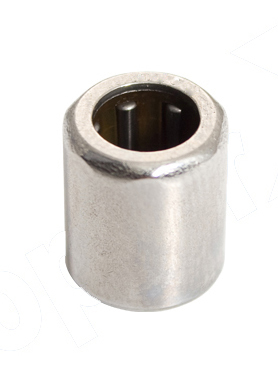
Comment